America’s car-centric reputation often overshadows the fact that many exceptional destinations can be thoroughly enjoyed without ever sliding behind the wheel. As interest in sustainable travel grows and younger generations show less enthusiasm for driving, car-free vacations have evolved from a budget necessity to a preferred travel style. Beyond the environmental benefits, exploring without a vehicle often leads to more authentic experiences, stronger connections with local communities, and the simple joy of slowing down.
Here is a list of 15 fantastic American destinations where a personal vehicle is entirely optional—and sometimes a downright inconvenience.
New York City
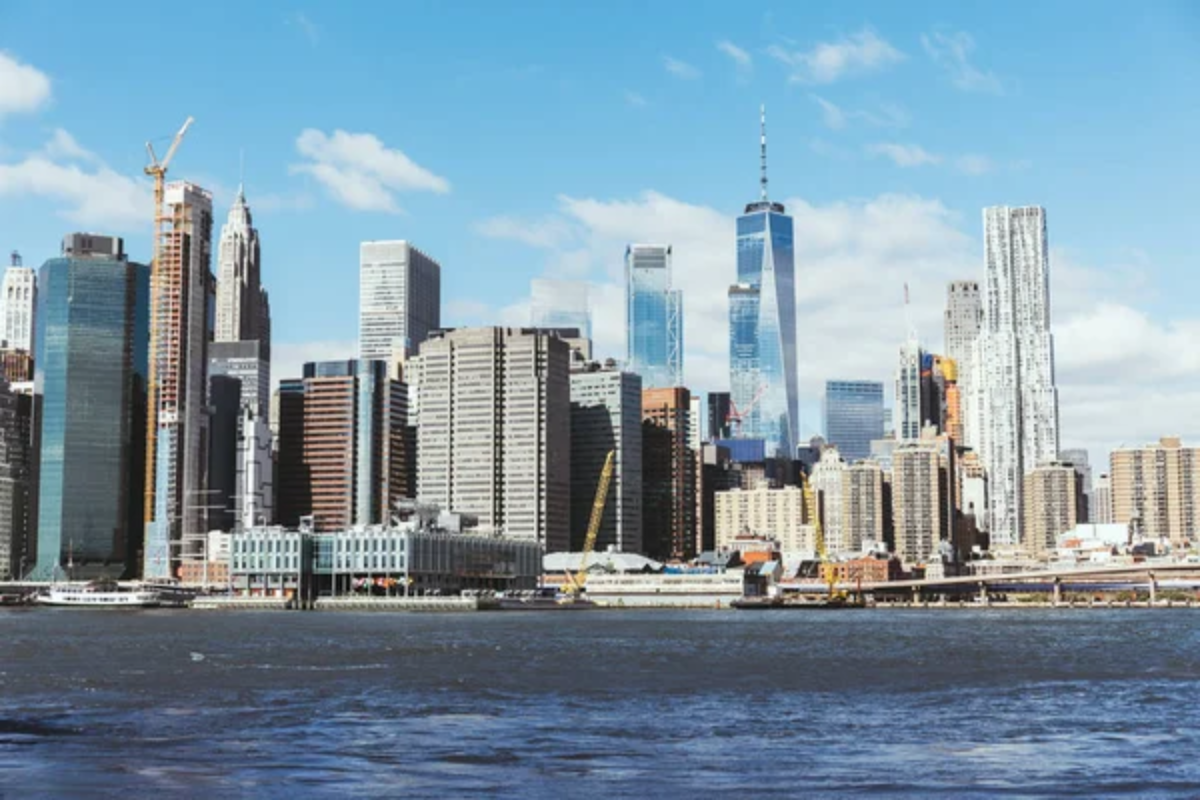
The quintessential American pedestrian city makes car ownership seem like an expensive burden rather than a convenience. The 24-hour subway system reaches virtually every corner of the five boroughs, while the iconic yellow cabs and rideshare services fill any transit gaps. Manhattan’s grid layout creates an inherently walkable environment, where many attractions are clustered within walking distance. Central Park provides 843 acres of car-free recreation, while the High Line elevated park offers a pedestrian thoroughfare through former industrial neighborhoods.
The Staten Island Ferry provides not only essential transportation but also million-dollar views of the harbor and the Statue of Liberty completely free of charge. The City’s expanding network of protected bike lanes and the popular Citi Bike program make cycling for moving around the city efficiently.
San Francisco
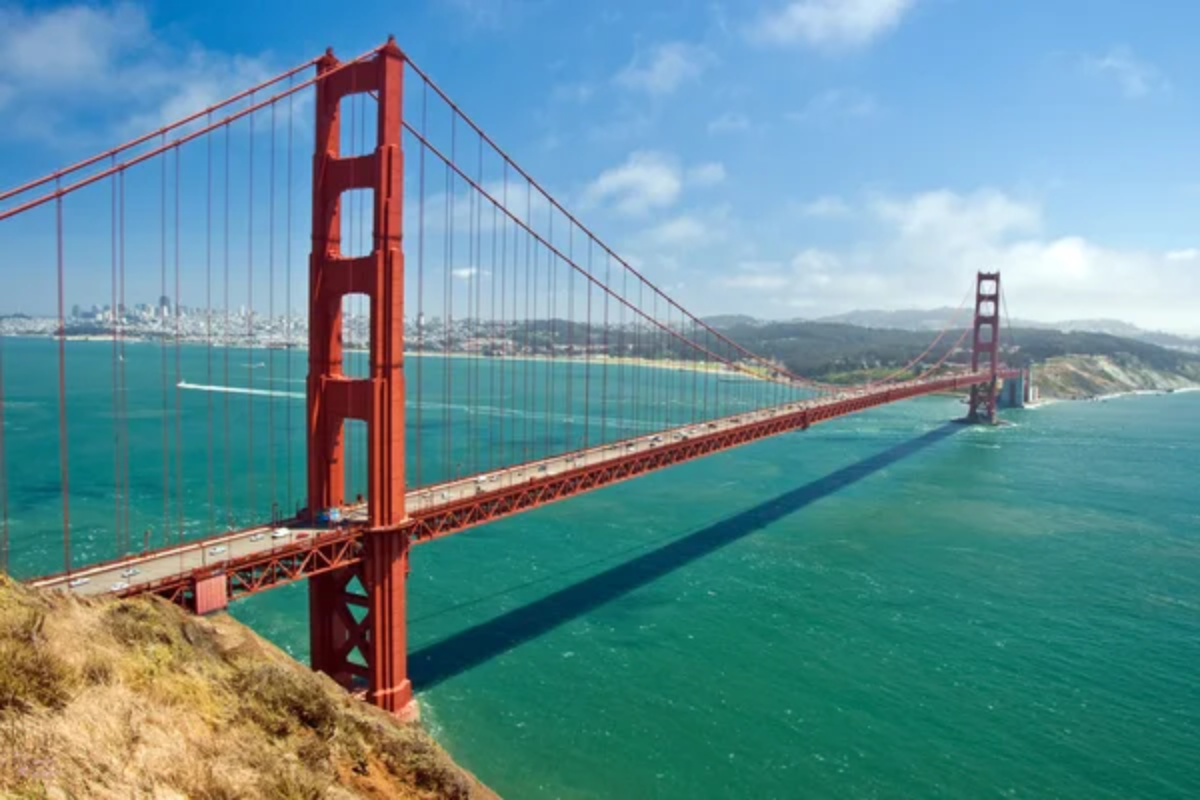
Despite its infamous hills, the City by the Bay ranks among America’s most navigable cities without a car. The historic cable cars and streetcars aren’t just tourist attractions—they’re functional transportation, climbing those steep grades that challenge even the most enthusiastic walkers. The comprehensive BART and Muni systems connect neighborhoods and surrounding communities, while ferries offer scenic commuting options across the Bay.
The City’s compact nature—measuring just 7 by 7 miles—means many attractions sit within reasonable walking distance, including Fisherman’s Wharf, Chinatown, and the Mission District. Golden Gate Park provides over 1,000 acres of car-free recreation, while the revitalized Embarcadero waterfront promenade offers flat, scenic walking past major attractions like the Ferry Building Marketplace and Exploratorium.
Like Travel Pug’s content? Follow us on MSN.
Boston
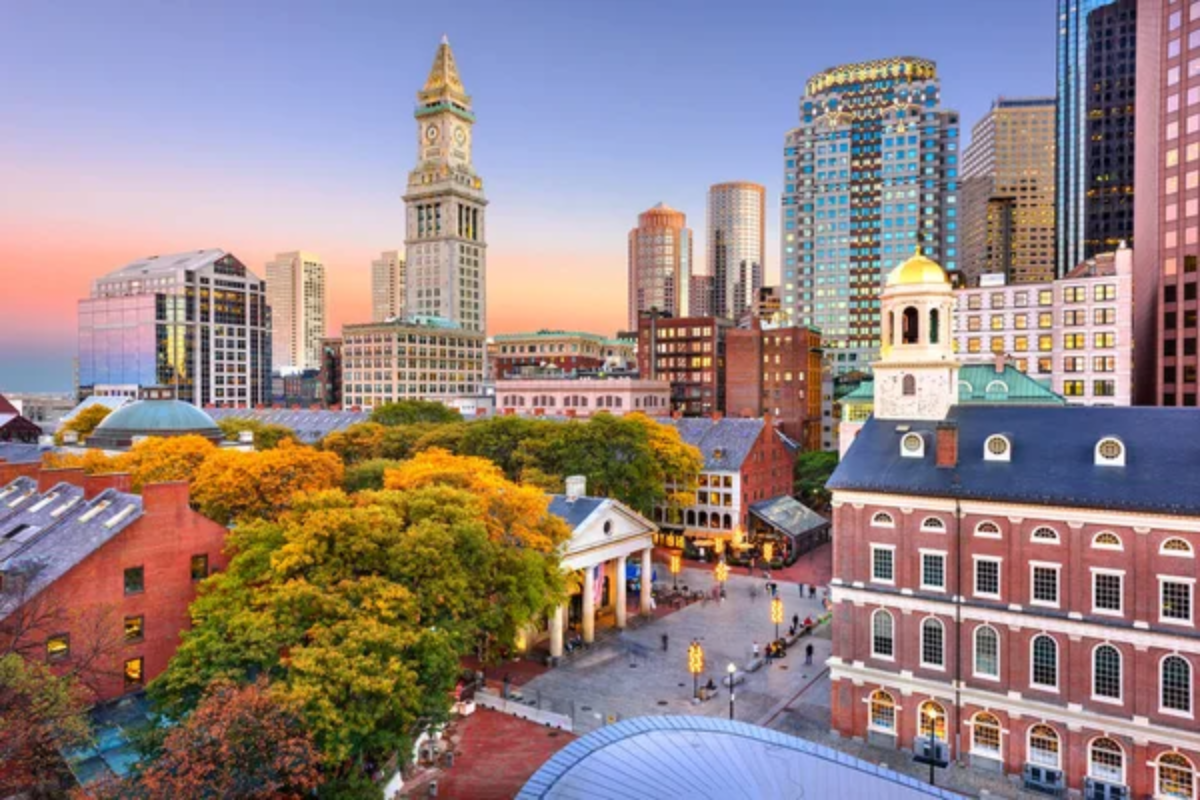
America’s ultimate walking city combines European-scale streets with excellent public transportation. The nation’s oldest subway system—locally known as “the T”—connects major neighborhoods and attractions, while the comprehensive bus network fills gaps in service. The Freedom Trail’s distinctive red brick path guides pedestrians through sixteen historic sites across just 2.5 miles, making American history accessible at a walking pace.
Back Bay’s leafy Commonwealth Avenue and the Charles River Esplanade provide scenic strolling, while university areas like Harvard Square offer vibrant street life centered around pedestrians rather than vehicles. The City’s bike share program and growing network of protected lanes make cycling increasingly viable despite sometimes challenging street layouts dating to colonial times.
Washington, D.C.
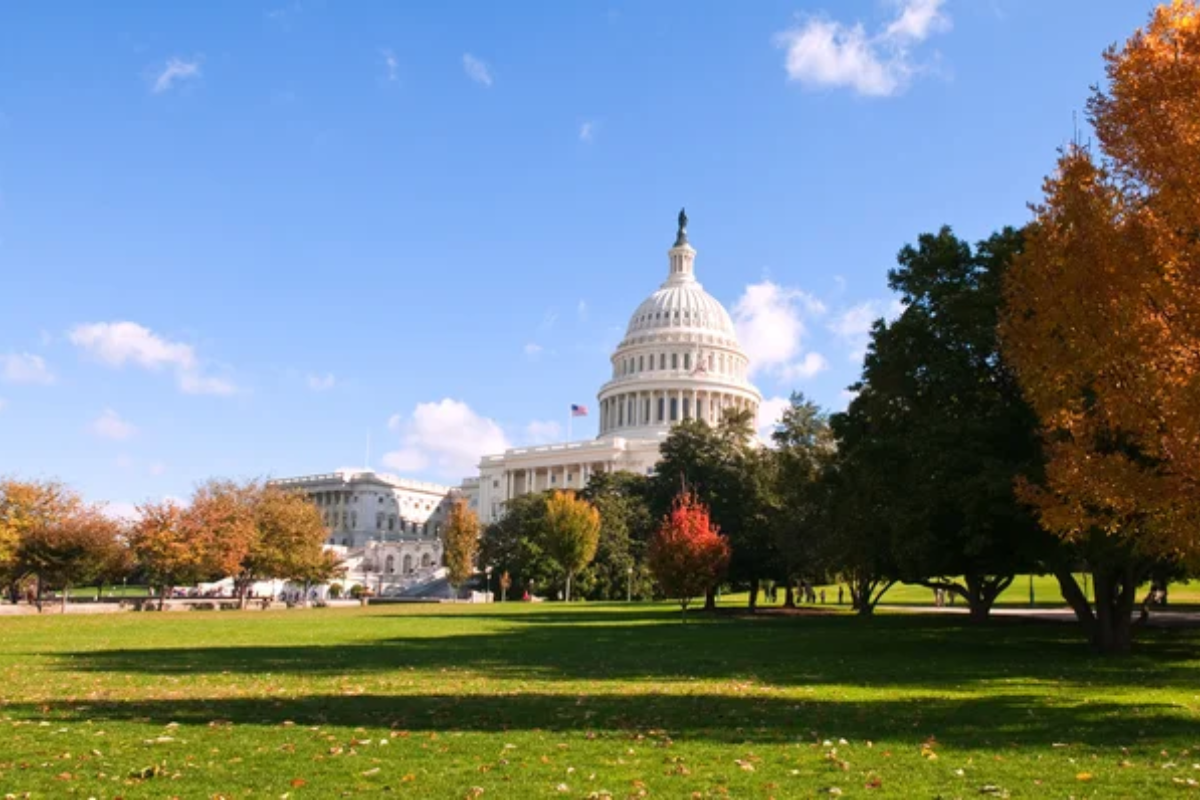
The nation’s capital combines monumental grandeur with surprising walkability and exceptional public transportation. The clean, reliable Metro system connects most major attractions and neighborhoods, while the extensive Circulator bus network offers tourist-friendly routes between popular destinations for just $1 per ride. The National Mall creates America’s greatest pedestrian space—a two-mile green carpet connecting the Capitol, Washington Monument, Lincoln Memorial, and Smithsonian museums without crossing a single major road.
Beyond the monumental core, walkable neighborhoods like Georgetown, Dupont Circle, and Shaw offer distinctive architecture and local flavor within relatively compact areas. Capital Bikeshare stations throughout the district make cycling a practical option for covering ground quickly without Metrorail’s occasional weekend maintenance disruptions.
Chicago
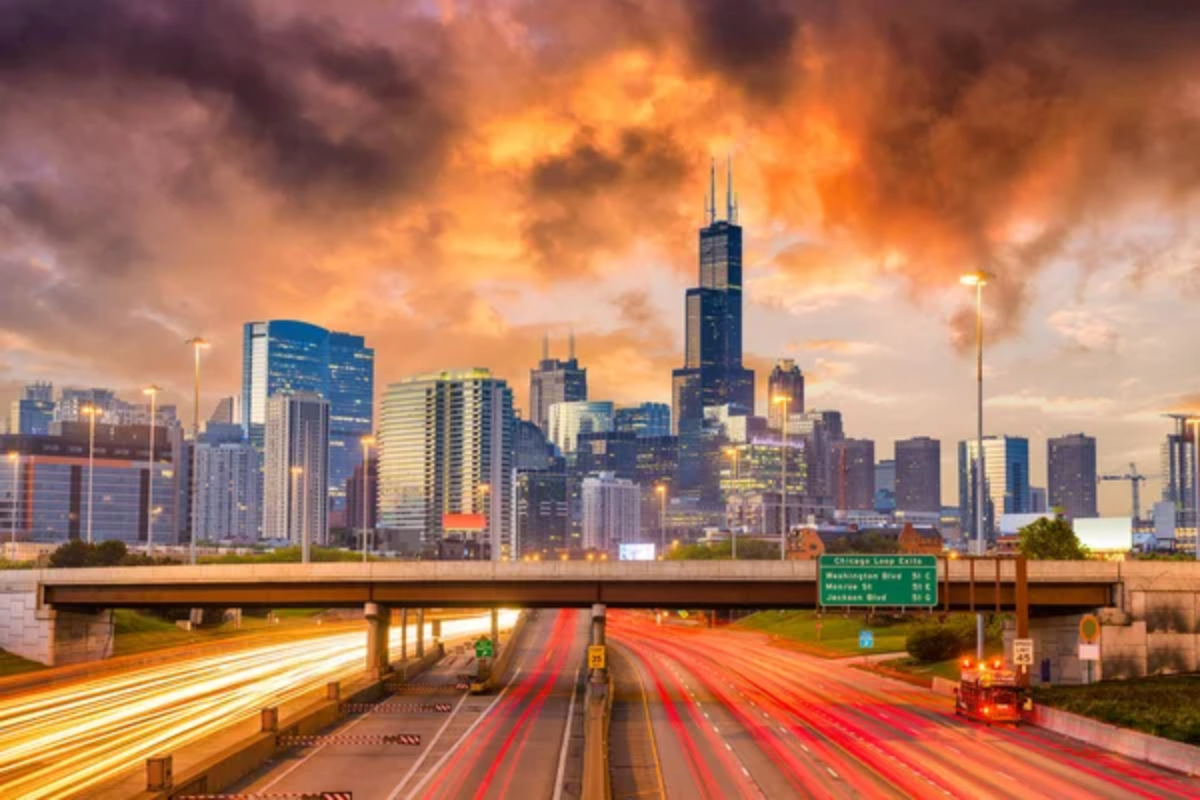
The Windy City combines impressive architecture with excellent transportation infrastructure centered around the elevated “L” trains that form an iconic part of the downtown skyline. The compact Loop business district packs architectural landmarks, cultural institutions, and shopping within easy walking distance, while the Lakefront Trail stretches 18 miles along Lake Michigan past beaches, harbors, and museums.
Neighborhood commercial districts like Wicker Park, Logan Square, and Andersonville offer pedestrian-scale shopping and dining connected by reliable public transit. The Chicago River provides both scenic walking paths and water taxi services between major attractions during warmer months. The City’s Divvy bike-share program offers over 600 stations across the City, making cycling a viable option for covering ground quickly.
Like Travel Pug’s content? Follow us on MSN.
Portland, Oregon
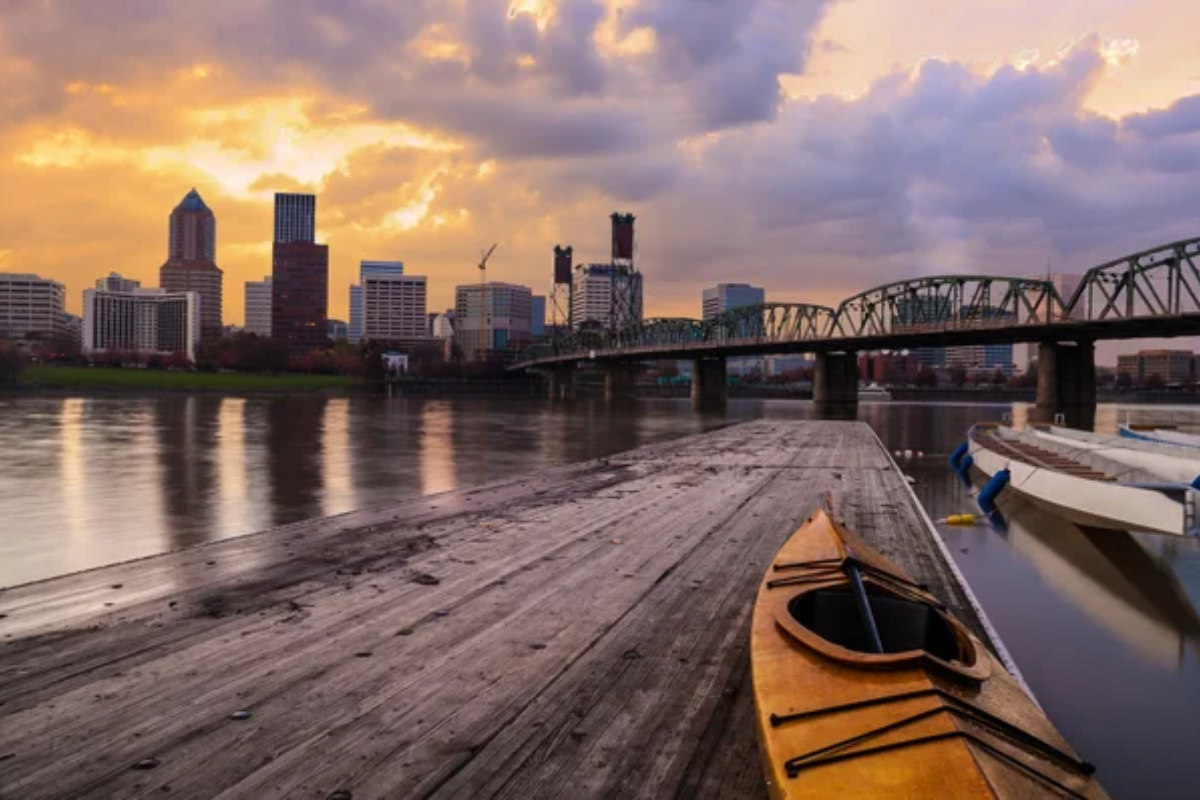
The Pacific Northwest’s most transit-friendly City combines a compact downtown with excellent public transportation and nation-leading bicycle infrastructure. The MAX light rail, streetcar, and bus systems provide comprehensive coverage throughout the metropolitan area, with many lines running on clean electric power. The compact downtown grid features small blocks ideal for walking, with attractions like Powell’s City of Books, Portland Art Museum, and the waterfront park all within easy strolling distance.
The City’s dedicated bicycle boulevards and protected lanes support a thriving bike culture, complemented by a bike-share program making temporary wheels easily accessible. Forest Park offers 70 miles of trails within city limits for ambitious hikers, while the downtown area’s food cart pods showcase Portland’s renowned culinary creativity without requiring transportation between meals.
Philadelphia
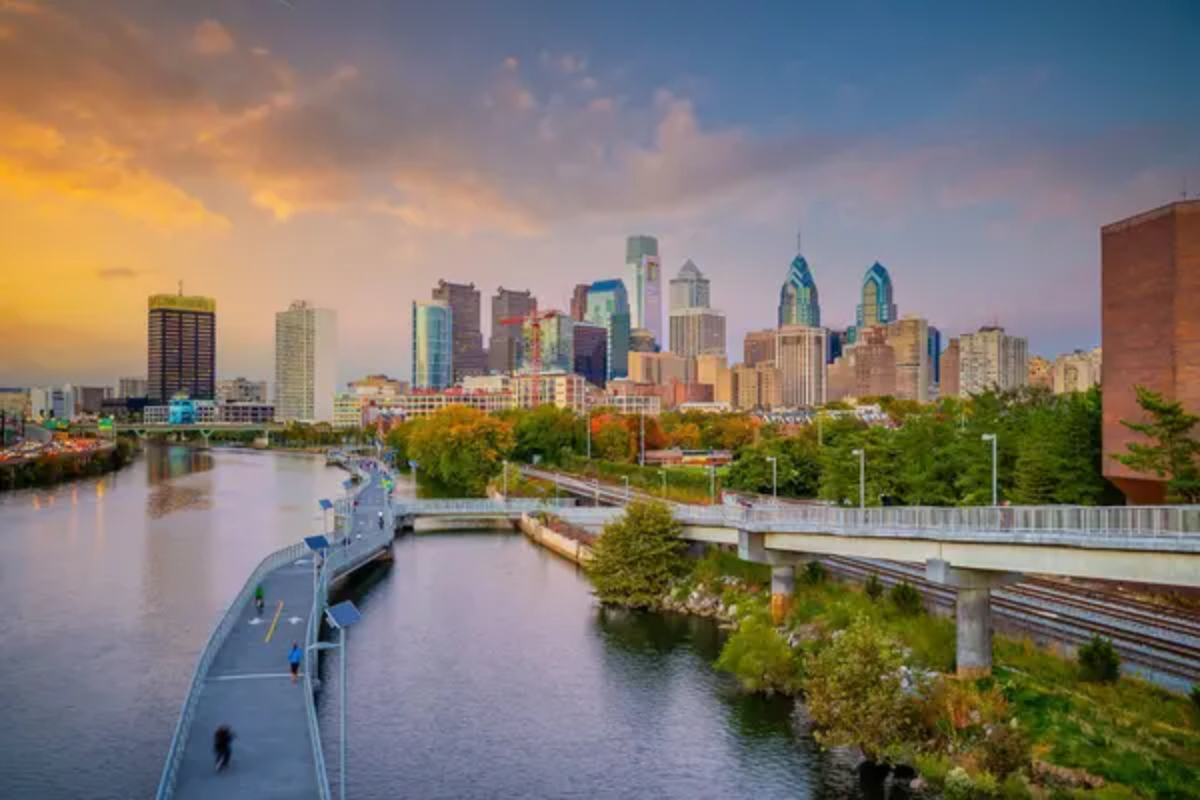
America’s first major planned City retains its founder’s vision of a walkable grid centered around five public squares. The compact Center City district packs historic attractions like Independence Hall and the Liberty Bell alongside world-class museums and dining within an area roughly two miles across. SEPTA’s comprehensive subway, trolley, and bus network connects central Philadelphia with diverse neighborhoods and suburbs, while the regional rail system reaches outlying attractions like Valley Forge and Chestnut Hill.
The car-free Schuylkill River Trail runs through the heart of the City, offering 10 miles of scenic recreation and transportation opportunities for walkers, runners, and cyclists. Philadelphia’s Indego bike share program provides an ideal compromise between walking and public transit, particularly for exploring the expansive Fairmount Park system.
Seattle
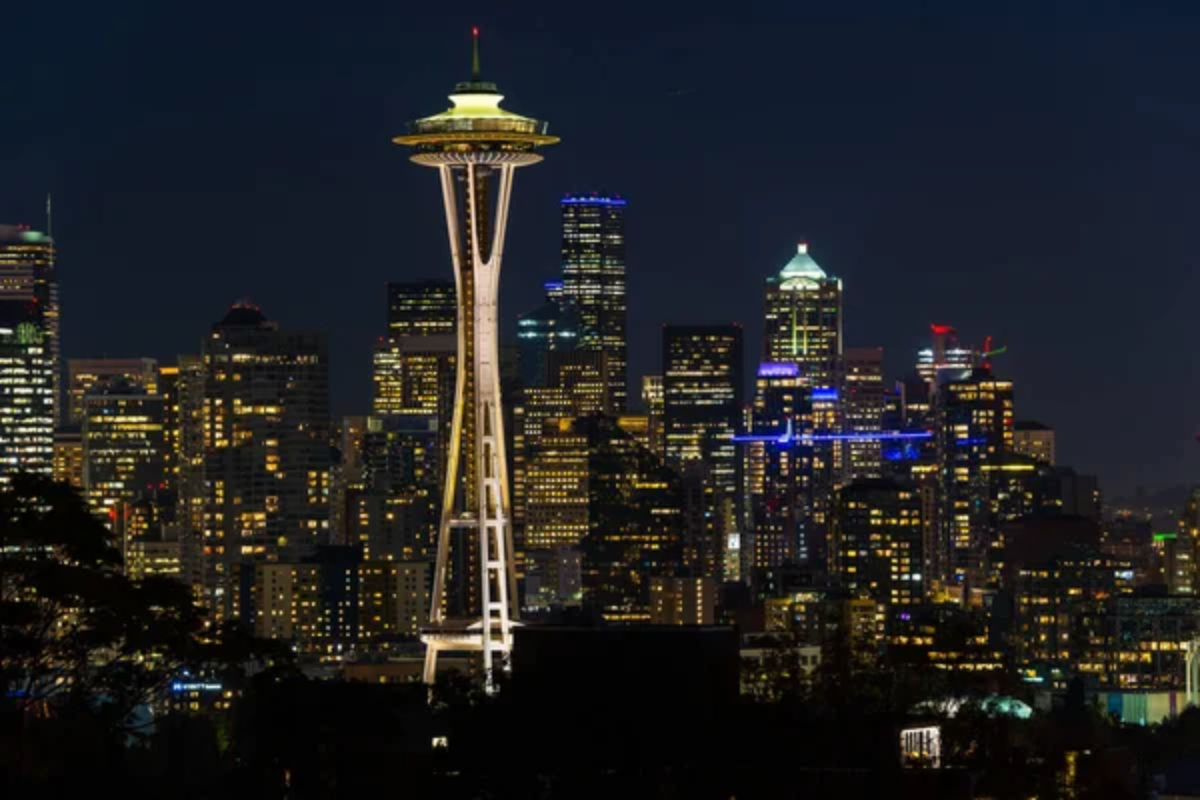
Despite challenging topography, the Emerald City offers excellent options for car-free visitors. The expanding Link light rail connects downtown with the University of Washington and Sea-Tac Airport, while the iconic monorail provides direct service between downtown and Seattle Center, home to the Space Needle and Museum of Pop Culture. The compact downtown allows walking between major attractions like Pike Place Market, the Seattle Art Museum, and the rebuilt waterfront promenade.
For steeper terrain, the South Lake Union Streetcar and historic First Hill Streetcar provide convenient connections. The King County Water Taxi offers scenic transportation across Elliott Bay to Alki Beach, providing spectacular skyline views along the way. Seattle’s hilly landscape hasn’t discouraged the city’s cycling culture, supported by the City’s Lime bike-share program and an expanding network of protected bike lanes.
Like Travel Pug’s content? Follow us on MSN.
New Orleans

The Big Easy encourages visitors to slow down and experience its unique culture at a walking pace, particularly in the justly famous French Quarter. This historic district packs distinctive architecture, world-class dining, and legendary music venues into an area just thirteen blocks by seven blocks—entirely manageable on foot. The charmingly rickety streetcars along St. Charles Avenue and Canal Street aren’t just tourist attractions but practical transportation connecting downtown with the Garden District’s magnificent homes and uptown universities.
For longer journeys, the City’s comprehensive bus system reaches most neighborhoods of interest. Flat terrain makes cycling a viable option despite sometimes challenging road conditions, supported by the Blue Bikes bike-share program. Perhaps most importantly, New Orleans’ go-cup culture legally allows pedestrians to enjoy adult beverages while strolling between attractions—a civilized approach to urban exploration.
Savannah, Georgia
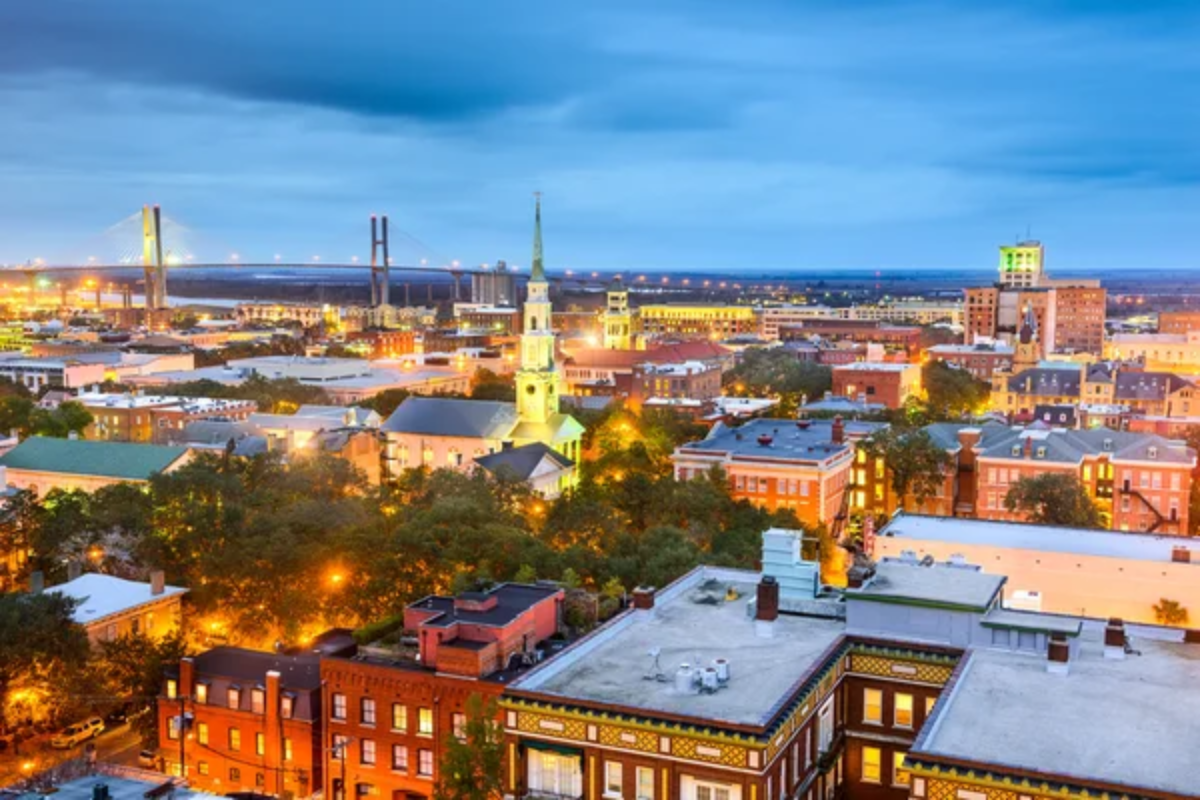
Georgia’s oldest City was designed for pedestrians long before automobiles existed, with creator James Oglethorpe’s visionary plan centering around 22 park-like squares arranged on an easily navigable grid. The compact Historic District measures just 2.5 square miles, allowing visitors to cover major attractions like Forsyth Park, River Street, and countless architectural treasures entirely on foot.
For those with limited mobility or during summer’s heat, the fare-free DOT shuttle connects major landmarks, while pedicabs offer open-air taxi service for short trips. The flat terrain makes cycling a pleasant option, with bike rentals widely available. Outside the historic core, the Chatham Area Transit bus system reaches outlying attractions like Bonaventure Cemetery and Tybee Island’s beaches, though service frequency requires some planning.
Miami Beach
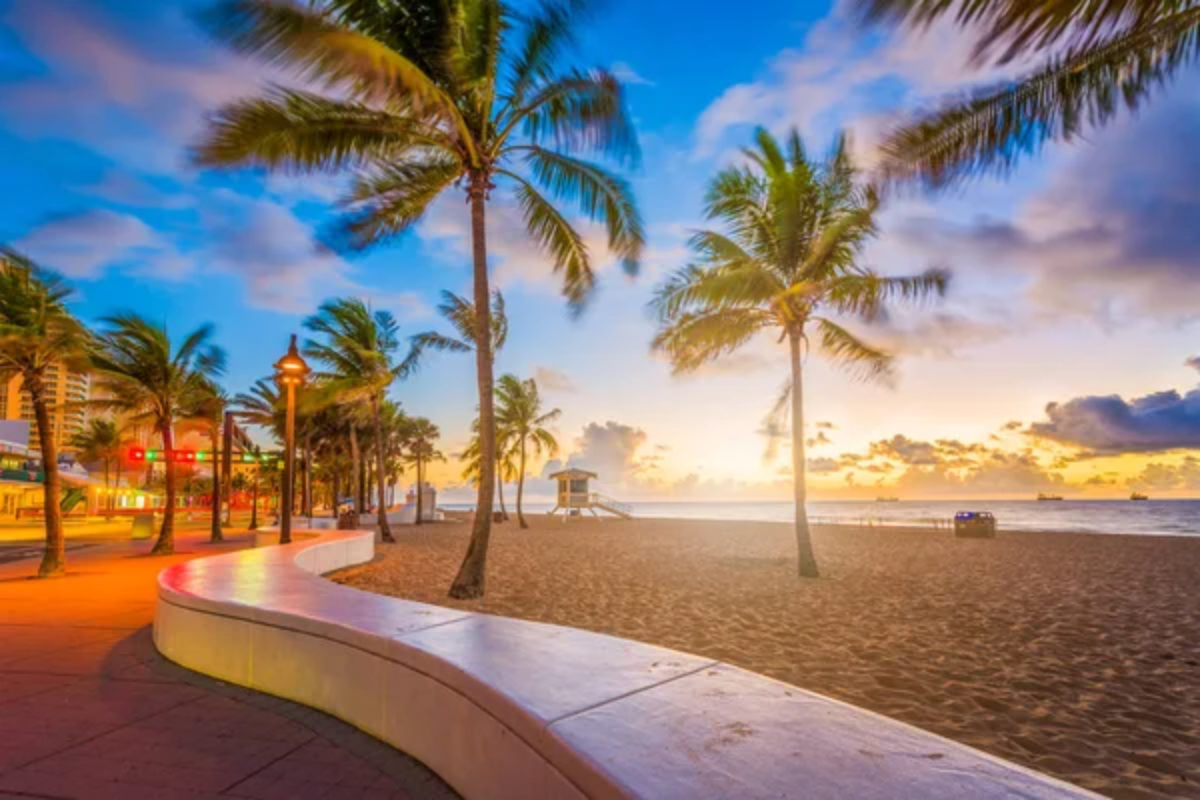
This barrier island paradise offers a dense concentration of attractions entirely accessible without a car. The entire length of South Beach can be walked in under an hour, passing the famous Art Deco Historic District, Lincoln Road pedestrian mall, and endless ocean views. The South Beach Loop trolley provides free transportation throughout the district for those looking to save their energy for dancing.
Across Biscayne Bay, downtown Miami and artsy Wynwood remain accessible via the convenient Airport-Beach Express bus or rideshare services. Cycling thrives in a flat environment, supported by the Citi Bike Miami Beach program with dozens of stations throughout the island. Water taxis add both practical transportation and sightseeing opportunities, connecting Miami Beach with downtown Miami and Key Biscayne across sparkling bay waters.
Like Travel Pug’s content? Follow us on MSN.
Santa Fe, New Mexico
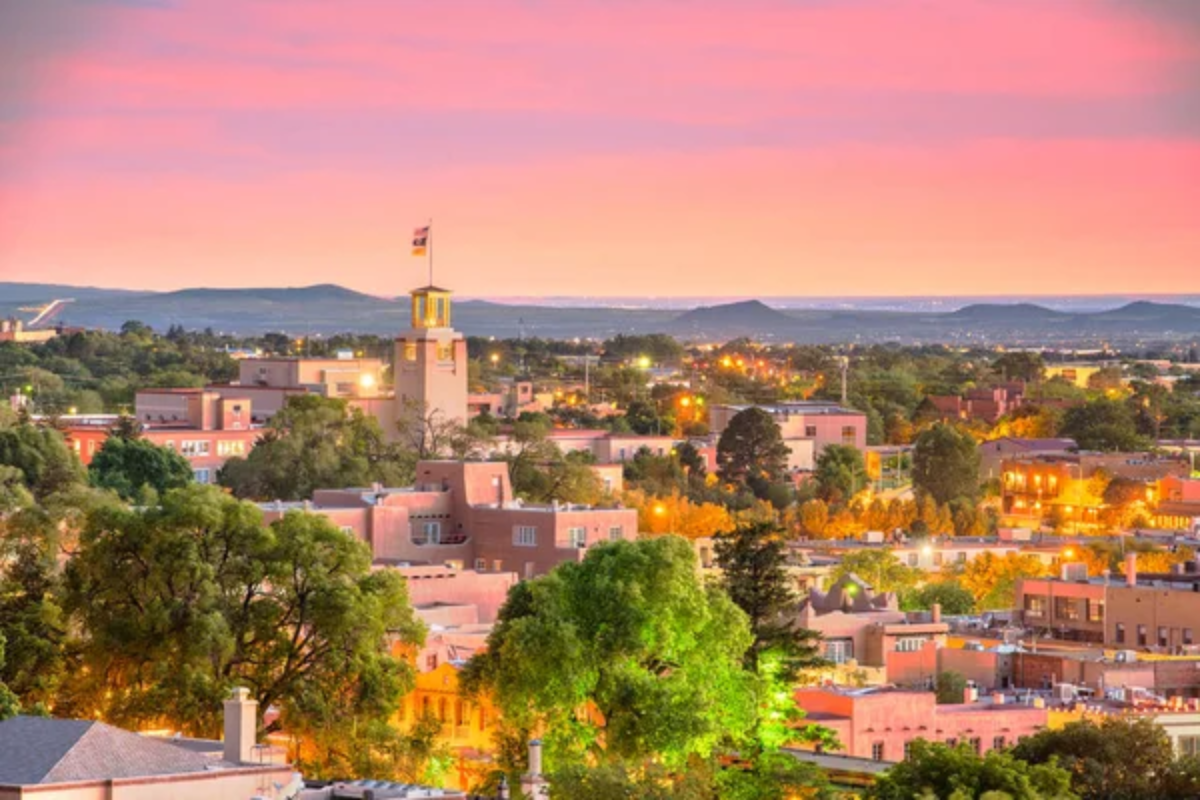
The Southwest’s oldest capital city concentrates centuries of history within a remarkably compact historic district ideal for exploration on foot. The central Plaza has functioned as the heart of Santa Fe since 1610, with the distinctive adobe Palace of the Governors still standing watch. Within a half-mile radius, visitors can explore the Georgia O’Keeffe Museum, New Mexico History Museum, and dozens of art galleries along Canyon Road without ever needing a vehicle.
The City’s free Santa Fe Pickup shuttle connects major attractions, including Museum Hill’s four institutions, while the Rail Runner commuter train offers car-free access from Albuquerque. The high desert’s clear air and abundant sunshine make walking a delight most days, though the 7,000-foot elevation requires some acclimation for vigorous exploration.
Honolulu, Hawaii
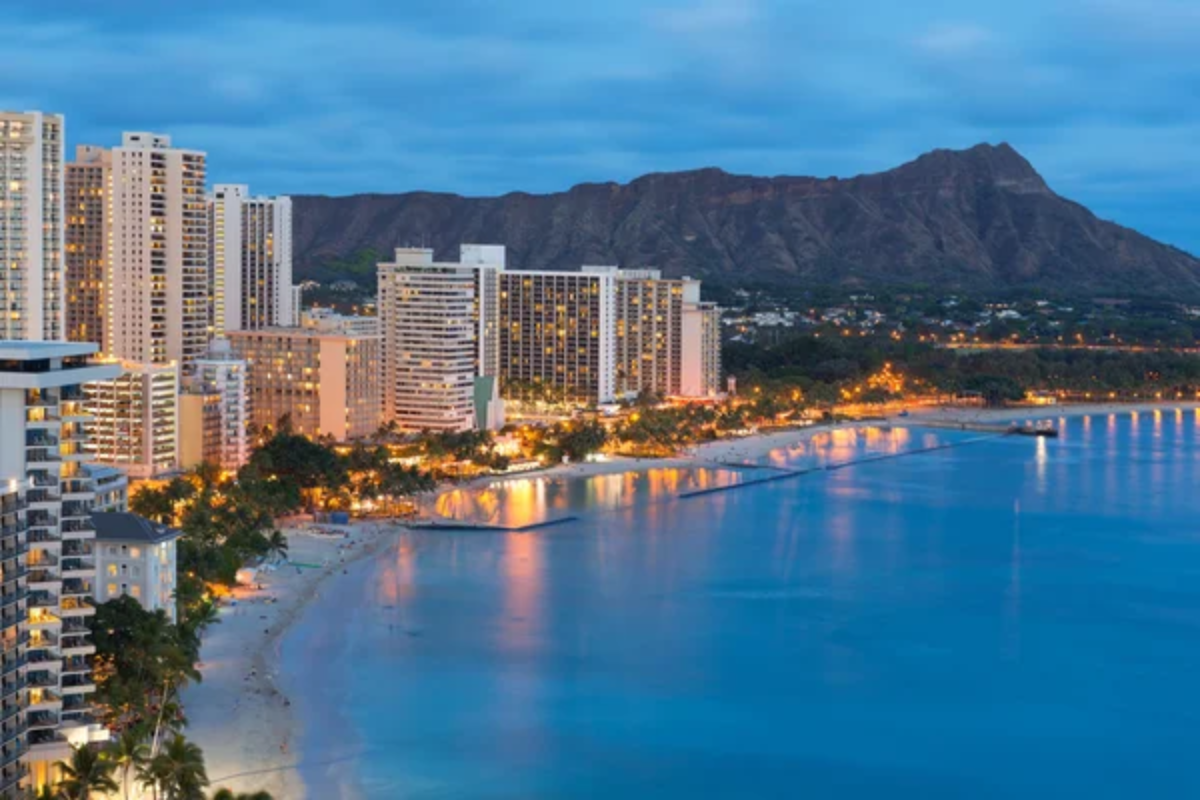
Waikiki Beach creates Hawaii’s most walkable resort district, where high-rise hotels line busy Kalakaua Avenue just steps from golden sands. The neighborhood packs shopping, dining, and entertainment within a compact area easily explored on foot, while the extensive Waikiki Trolley system connects major attractions throughout the City. TheBus—Honolulu’s public transit system—provides comprehensive service across Oahu, including direct routes to destinations like Pearl Harbor, Diamond Head, and Hanauma Bay.
The Biki bike-share program offers stations throughout central Honolulu, providing an ideal middle ground between walking and transit. For those wanting to explore the island’s more distant attractions like the North Shore surf breaks or Kualoa Ranch, tour companies offer day trips with hotel pickup, eliminating any need for a rental car even for island-wide exploration.
Burlington, Vermont
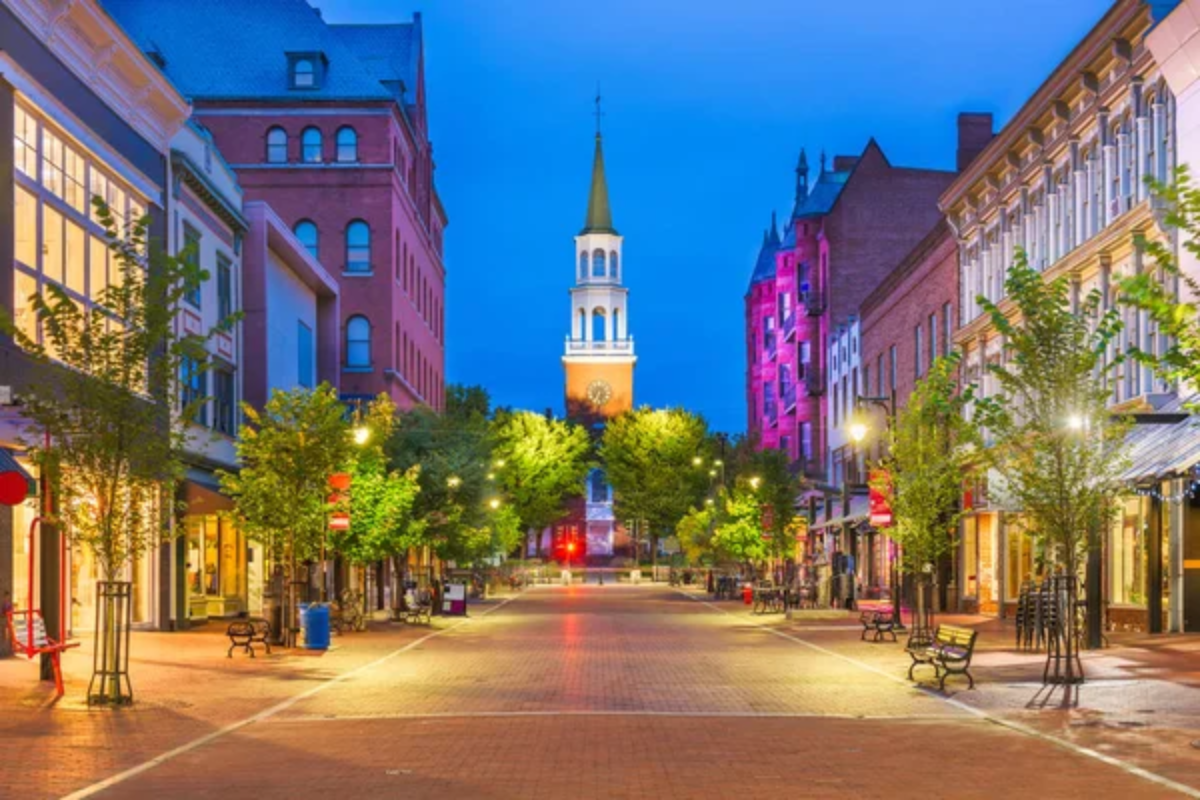
New England’s most charming small city centers around the pedestrian-only Church Street Marketplace, which creates an outdoor mall experience connecting local shops, cafes, and restaurants. The compact downtown places attractions like Lake Champlain’s waterfront park, the Flynn Center for Performing Arts, and the Shelburne Museum, all within walking distance or a short bus ride.
Green Mountain Transit provides service throughout the region, including ski shuttles to nearby resorts during winter months. The Island Line Trail—built on a former railroad causeway—extends 14 miles along the lake shore and actually crosses Lake Champlain on a former rail bridge, creating one of America’s most scenic bike paths. For those wanting to explore Vermont’s countryside, Burlington serves as an ideal base for organized tours to attractions like Ben & Jerry’s factory or the state’s legendary fall foliage.
Like Travel Pug’s content? Follow us on MSN.
Salt Lake City, Utah
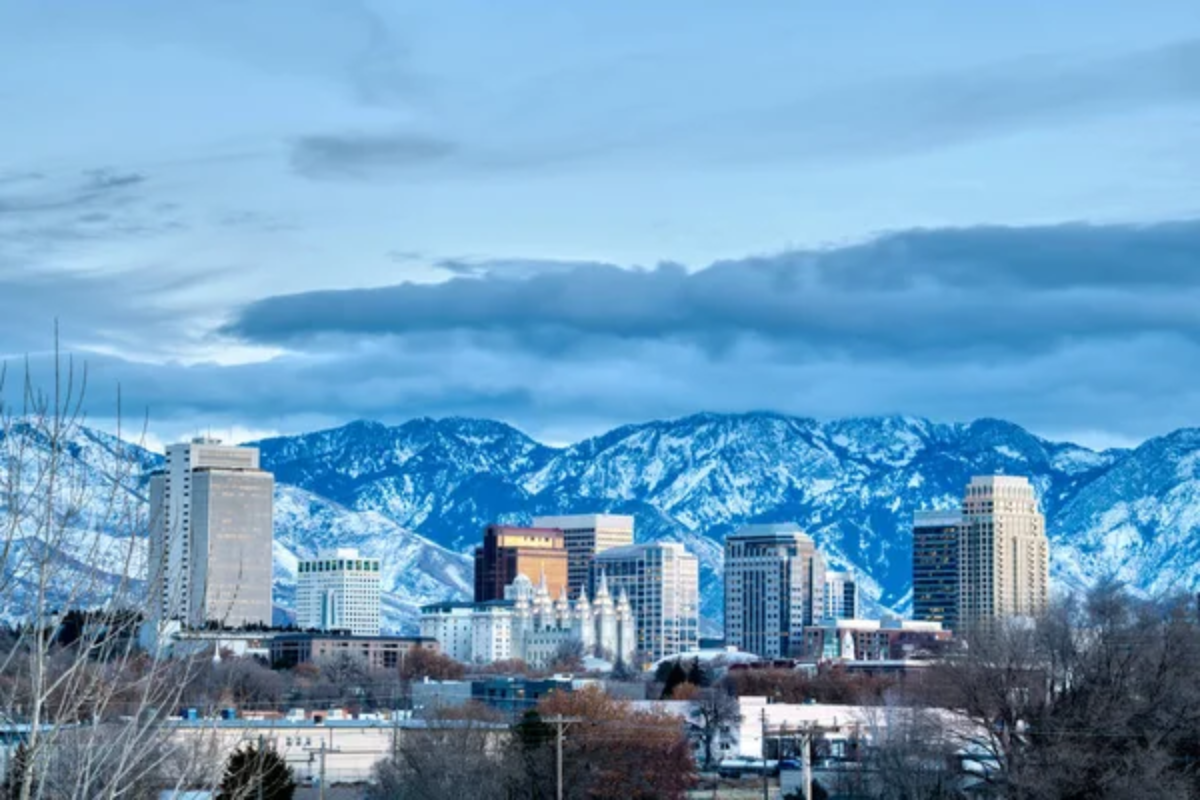
Utah’s capital combines a remarkably walkable downtown grid with excellent public transportation and spectacular mountain views. The free-fare zone in the central business district allows unlimited rides on buses and TRAX light rail within downtown, connecting major attractions like Temple Square, City Creek Center, and the State Capitol. The comprehensive UTA system extends throughout the metropolitan area, including direct rail service to the airport and multiple ski resorts during winter months.
The City’s wide streets—originally designed to allow a pioneer wagon team to turn around—provide ample space for pedestrians and the GREENbike bike-share program. The new Central Station serves as a hub for local, regional, and national transportation, making car-free connections to destinations throughout Utah and beyond.
A New Way Forward
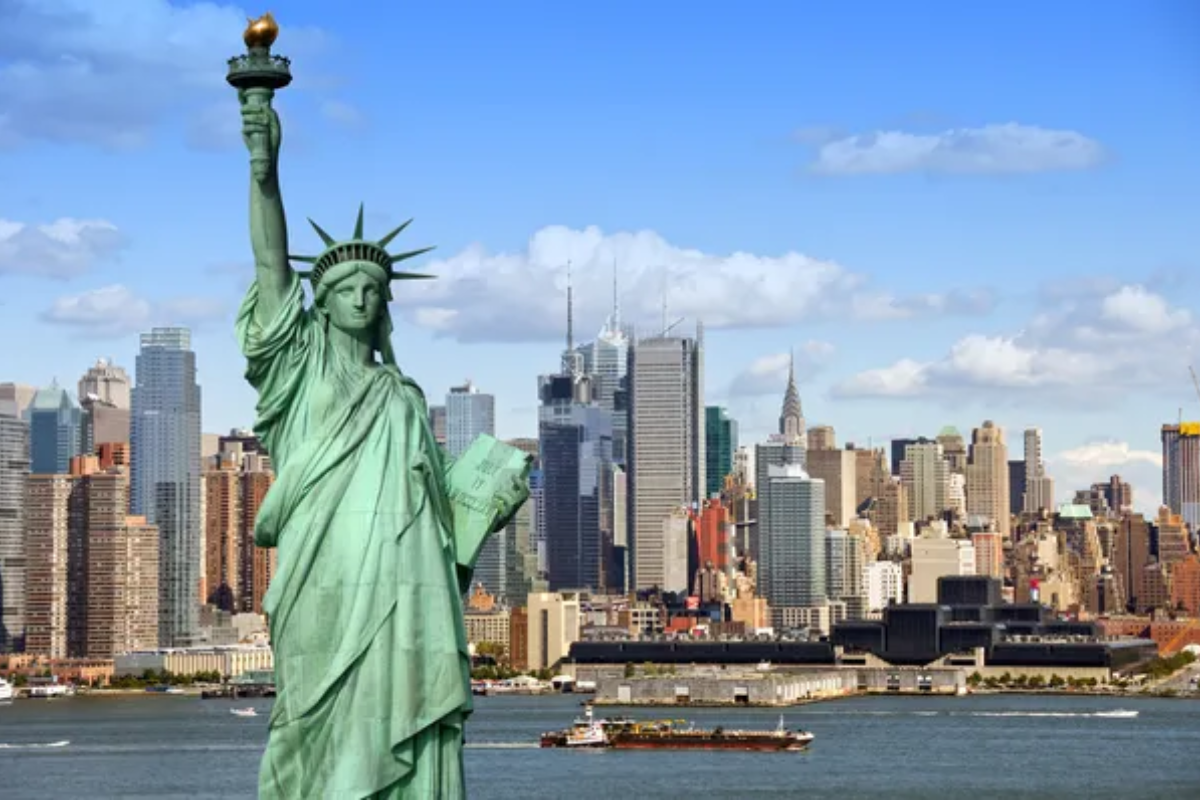
These 15 destinations demonstrate that experiencing America’s diverse urban environments doesn’t require four wheels and a steering wheel. From dense metropolitan centers to charming small towns, these places have invested in transportation infrastructure and pedestrian amenities that make car-free travel not just possible but preferable.
By choosing destinations where walking, cycling, and public transit take center stage, travelers can experience American cities as they were originally intended—at a human scale, with opportunities for spontaneous discoveries and local connections that often pass by unnoticed through a car window.
Whether motivated by environmental concerns, budget considerations, or simply the desire for more authentic travel experiences, these car-optional destinations offer remarkable American adventures without the hassles of driving, parking, or navigating unfamiliar streets.
More from Travel Pug

- Cities Growing so Fast You Won’t Recognize Them in 10 Years
- 13 Destinations Where Tourists Regularly Regret Their Trip
- 16 U.S. Cities That Are Quietly Becoming Travel Hotspots
- Where to Travel If You Love Long Bus Rides and Daydreams
- 20 Cities Perfect for Solo Travelers Who Crave Adventure & Culture
Like Travel Pug’s content? Follow us on MSN.
